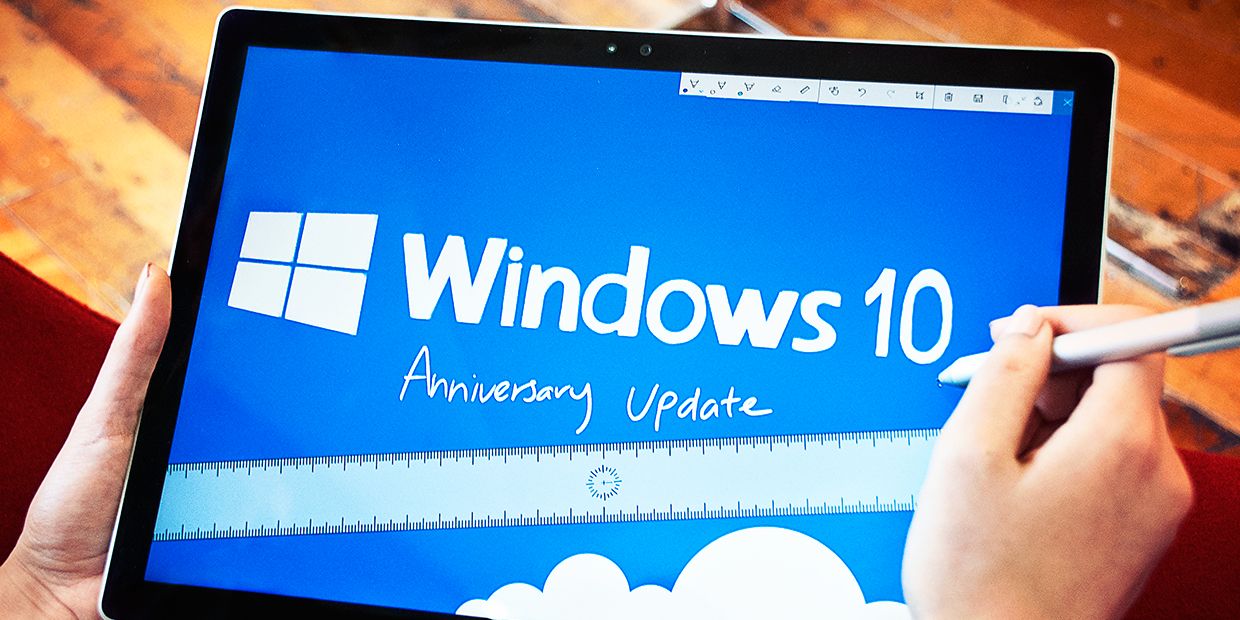After the tumultuous reign of Windows 8, Microsoft got to work developing a follow-up to the controversial operating system. Users of Windows 8 had not held back their displeasure with the operating system (OS), but instead of going from Windows 8 to Windows 9, Microsoft went straight to Windows 10. A strange move that left many people wondering: whatever happened to Windows 9?
It's important to know what went wrong with Windows 8. The OS was very unpopular. It brought in major changes that users did not appreciate, with a design focused on tablets and smartphones. Windows 8 as a tablet OS works great. It had a colorful tiled interface and its vector-based graphics made it easy to use on portable devices. But that did not translate well to desktop. Microsoft created an OS to compete with Google and Apple in the mobile market but, instead, they alienated their core base, desktop users. Tech critic Adrian Kingsley-Hughes even called Windows 8 "a design disaster". After Window 8’s failure, Microsoft had to make it up to its users.
Microsoft wanted to create an OS that functions on all platforms instead of having one operating system for each platform. On October 2014, Tony Prophet, vice president of Windows marketing, said at a conference that Windows 10 is not:
"…an incremental step from Windows 8.1 [,but] a material step. We’re trying to create one platform, one ecosystem that unites as many of the devices from the small embedded internet of things, through tablets, through phones, through PCs, and ultimately, into the Xbox.”
Terry Myerson, then Executive Vice President at Microsoft, said, meanwhile, “Windows 10 will be our most comprehensive platform ever [and] [i]t wouldn’t be right to call it Windows 9”. And this change proved to be a success. Windows 10 received positive reviews upon release with people commending the OS’s speed, ease of use, and non-intrusive nature. Critics even lauded the return of the Start button, which was missing in Windows 8. Judging by the massive number of devices now running Windows 10, Microsoft has achieved its goal of a unifying OS.
Future Windows Releases
The naming change is really a marketing tactic to distance itself from Windows 8 and its controversy. Windows has had strange naming conventions. In the beginning, the names were simple: Windows 1.0 then 2.0 then 3.0. Then Microsoft started to give their OS a proper name. There has been Windows XP, Vista, and so on. And then back to numbers with Windows 7. The naming convention wasn’t lost on Microsoft as they recognized how strong the backlash was. Terry Myseron knew it couldn’t be called Windows 9. The changes were so drastic that Windows went even further.
With the reasons behind the non-appearance of Windows 9 answered, more questions arise: will there be a Windows 11? Or might Microsoft go in another direction? The answer to those, for the foreseeable future at least, is no. Microsoft has said that Windows 10 will be the final "version" of Windows. Instead, Microsoft will take a page out of Apple’s book and will simply push incremental software updates to the platform. Having a single, unified, constantly evolving platform in this way takes a lot of pressure off of Microsoft. Major new releases every few years create a lot of potential for bugs and glitches, but with smaller, more regular updates, more time can be put into making sure the OS is kept current, stable, and, crucially, popular.
Source: Microsoft


